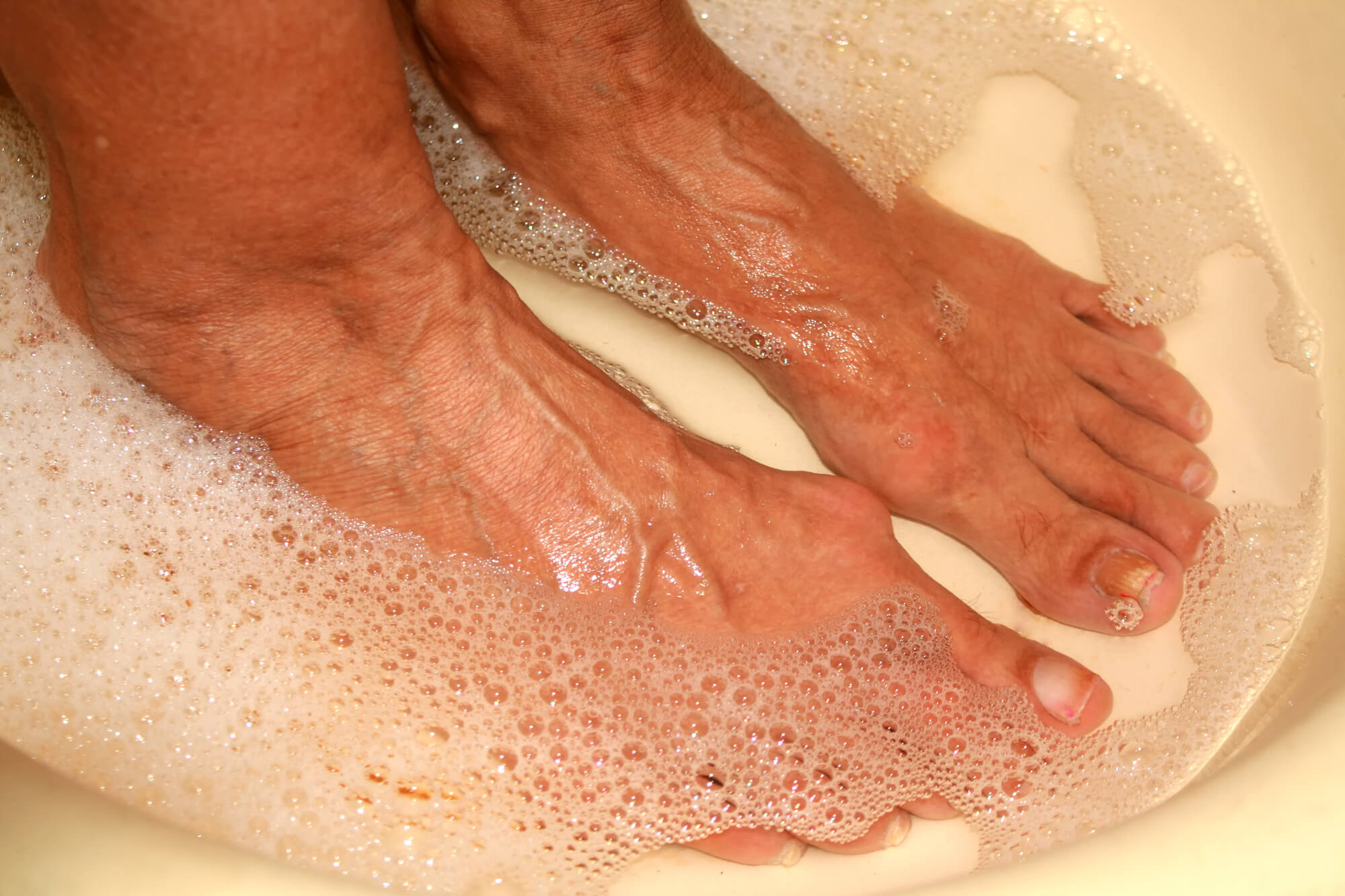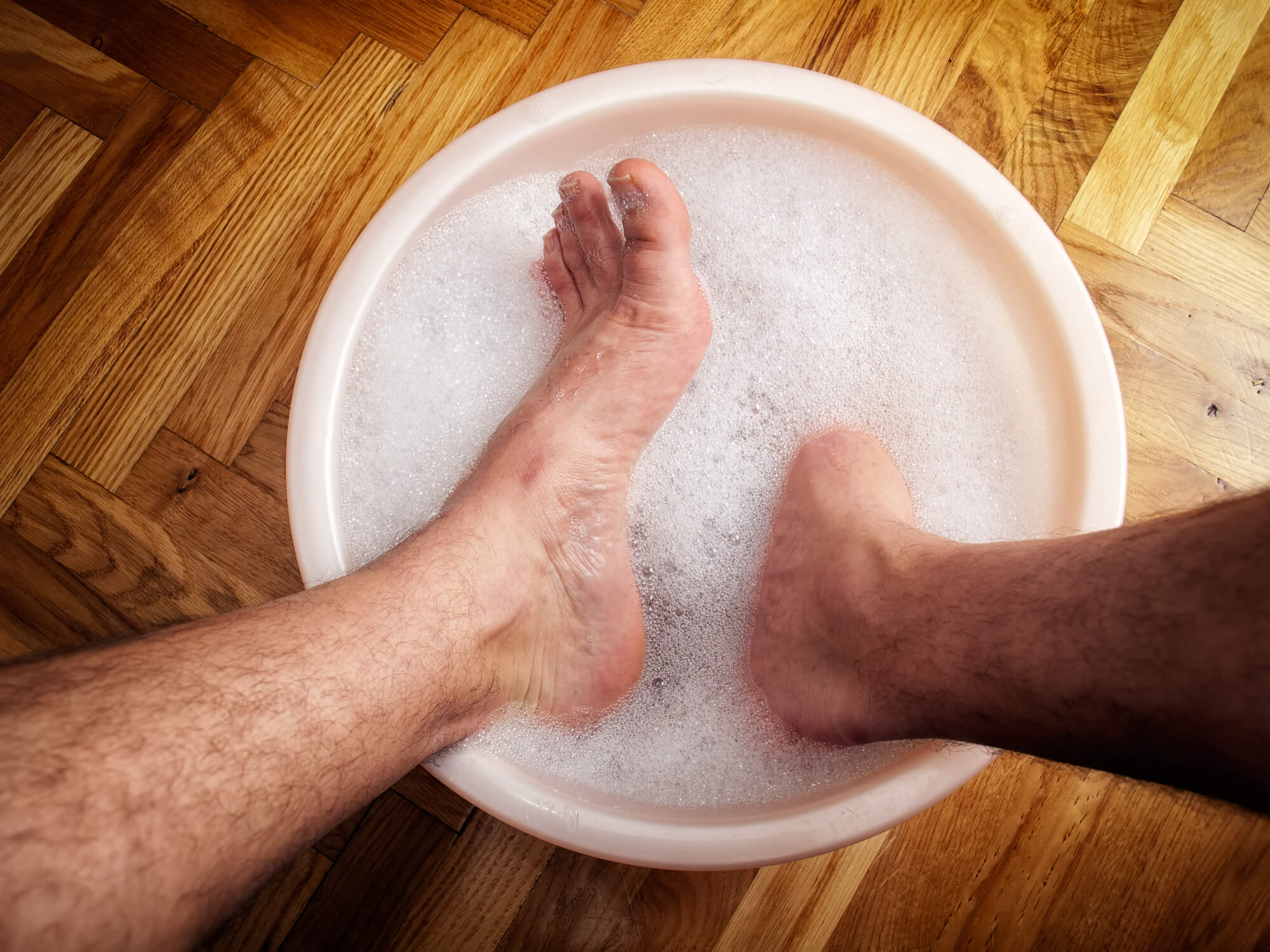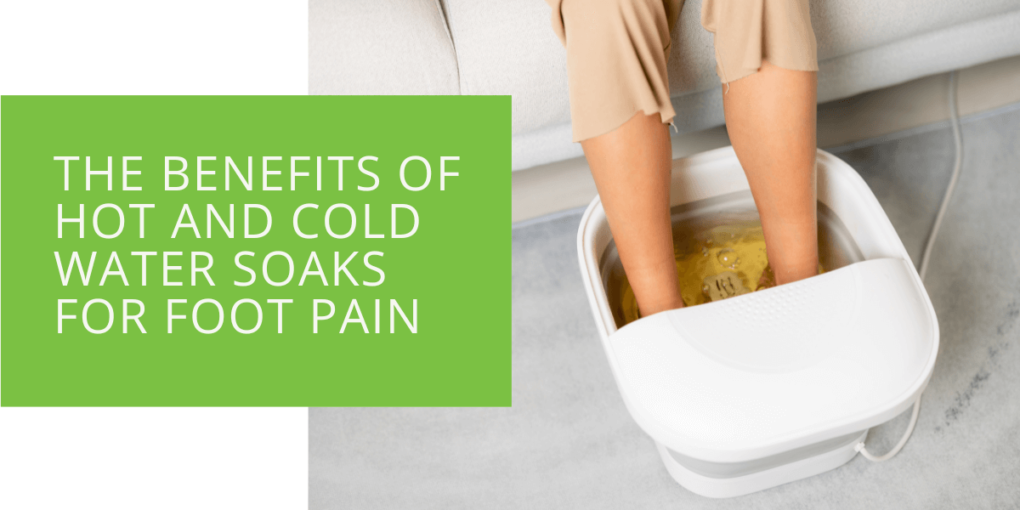The Benefits of Hot and Cold Water Soaks for Foot Pain
Foot pain can greatly impact daily life, but finding natural remedies can provide much-needed relief. One such remedy is using hot and cold water soaks, which have been used for centuries to alleviate foot pain. This article will explore the benefits of hot and cold water therapy for foot pain, understand how they work, and learn effective techniques to maximize their healing potential.
Understanding Hot Water Soaks
How Hot Water Soaks Work
Hot water soaks work by increasing blood circulation and promoting muscle relaxation. As the warm water surrounds the feet, blood vessels dilate, allowing for improved blood flow to the area. This increased circulation can help deliver essential nutrients and oxygen and remove waste products, which aids in the healing process. Additionally, the warmth from the water helps relax tense muscles and soothe discomfort.
Conditions that Benefit from Hot Water Soaks
Hot water soaks can be particularly beneficial for certain foot conditions. Individuals with plantar fasciitis, arthritis, or general foot fatigue may find relief from the soothing warmth of a hot water soak. The heat can help reduce inflammation, ease muscle tension, and alleviate soreness, providing temporary relief and improving overall foot comfort.
Tips for Safe and Effective Hot Water Soaks
To ensure safe and effective hot water soaks, it is important to consider a few key factors. First, the water should be warm but not scalding hot to avoid burns or skin damage. Soaking the feet for 15-20 minutes is generally recommended to allow ample time for the warmth to penetrate the tissues. Adding Epsom salt or essential oils can further promote relaxation and reduce inflammation for enhanced therapeutic effects.

Exploring Cold Water Soaks
How Cold Water Soaks Work
Cold water soaks work by constricting blood vessels and numbing nerve endings in the feet. This constriction helps reduce blood flow to the area, effectively reducing swelling and inflammation. The numbing relieves temporary pain, particularly for acute foot injuries such as sprains or strains. Cold water therapy acts as a natural analgesic and can help manage pain during the early stages of an injury.
Conditions that Benefit from Cold Water Soaks
Cold water soaks are particularly useful for managing acute foot injuries or conditions that involve inflammation. Individuals with sprained ankles, tendonitis, or gout may find relief from cold water therapy's numbing and anti-inflammatory effects. The reduced blood flow to the area can help minimize swelling and alleviate discomfort.
Tips for Safe and Effective Cold Water Soaks
When using cold water soaks, it is essential to balance providing therapeutic benefits and avoiding excessive cold exposure. The water should be cool, but not icy cold, to prevent discomfort or potential skin damage. It is generally recommended to soak the feet for 10-15 minutes to allow enough time for the desired effects. Ice packs or frozen water bottles wrapped in a cloth for targeted cold therapy can provide localized relief.
When to Use Hot or Cold Water Soaks
Whether to use hot or cold water soaks depends on the nature of the foot pain or condition. As a general guideline, hot water soaks are beneficial for chronic conditions involving muscle tension or stiffness, while cold water soaks are ideal for acute injuries or conditions involving inflammation. However, it's important to listen to your body and consult a healthcare professional, such as a podiatrist, to determine the most appropriate treatment for your situation. They can provide personalized guidance based on your symptoms, medical history, and overall foot health.

Precautions and Considerations
While hot and cold water soaks can offer therapeutic benefits, some precautions must be remembered. Individuals with certain medical conditions, such as diabetes or circulatory issues, should exercise caution and consult their healthcare provider before attempting water therapy. Additionally, it's important to avoid extremes in water temperature to prevent burns or skin damage. Always test the water with your hand or a thermometer to ensure a safe and comfortable temperature.
Combining Hot and Cold Water Soaks
Sometimes, alternating between hot and cold water soaks can provide additional benefits. This contrast therapy can help improve blood circulation, reduce inflammation, and promote overall foot health. Start with warm water soak for a few minutes, followed by a cold water soak for a shorter duration. Repeat this cycle a few times, ending with a cold soak. This technique can enhance the therapeutic effects and aid in recovery.
Conclusion
Hot and cold water soaks offer natural and accessible remedies for foot pain. Hot water soaks promote blood circulation, relaxation, and temporary relief for conditions such as plantar fasciitis and arthritis. Cold water soaks help reduce swelling, inflammation, and acute pain caused by injuries like sprains or tendonitis. By understanding the benefits of these water therapy techniques and following safe and effective practices, individuals can experience soothing relief and improve blood flow to their feet.
Remember, while hot and cold water soaks can provide temporary relief, they are not standalone treatments for underlying foot conditions. If foot pain persists or worsens, consulting with a qualified healthcare professional, such as a podiatrist, for a comprehensive evaluation and appropriate treatment plan is essential.

